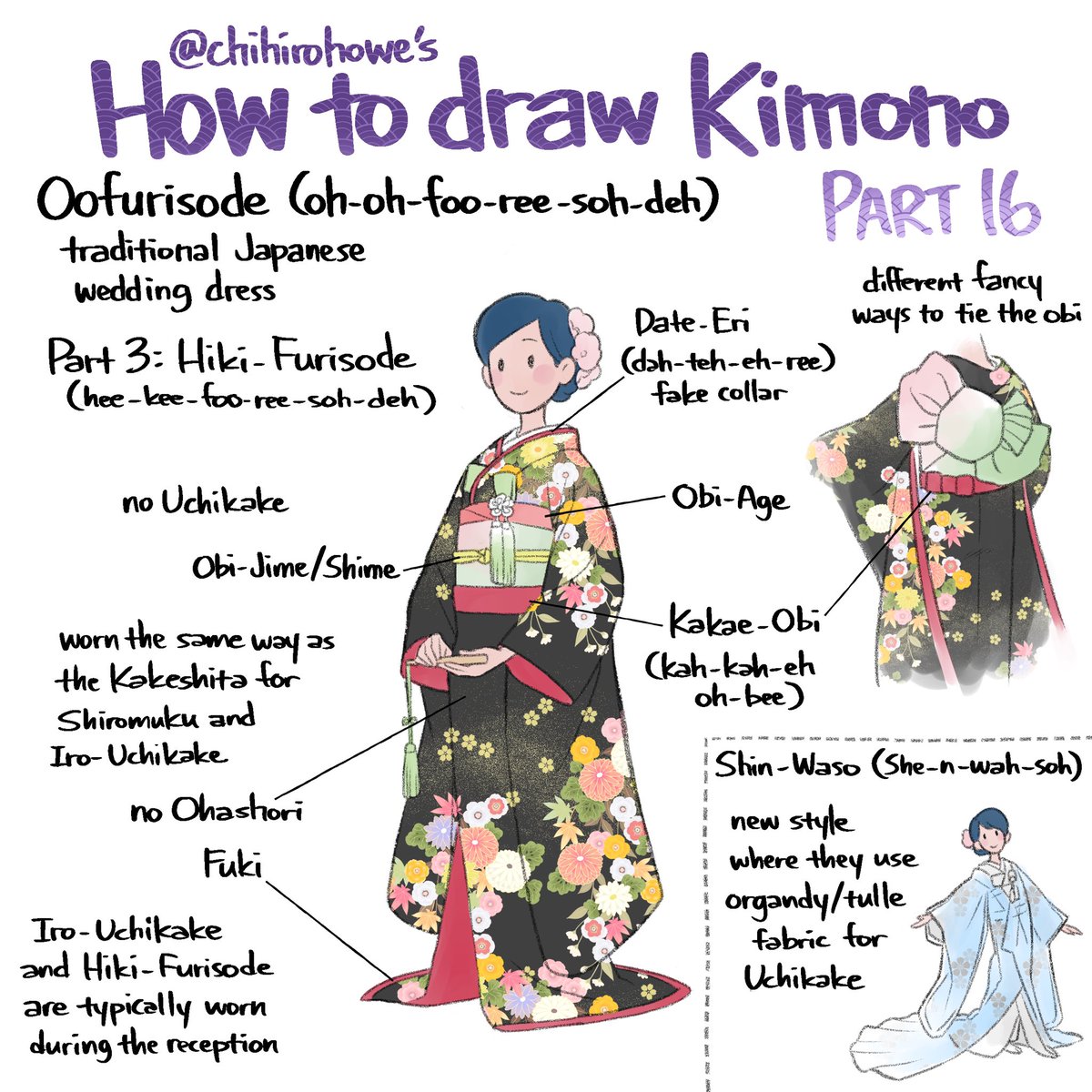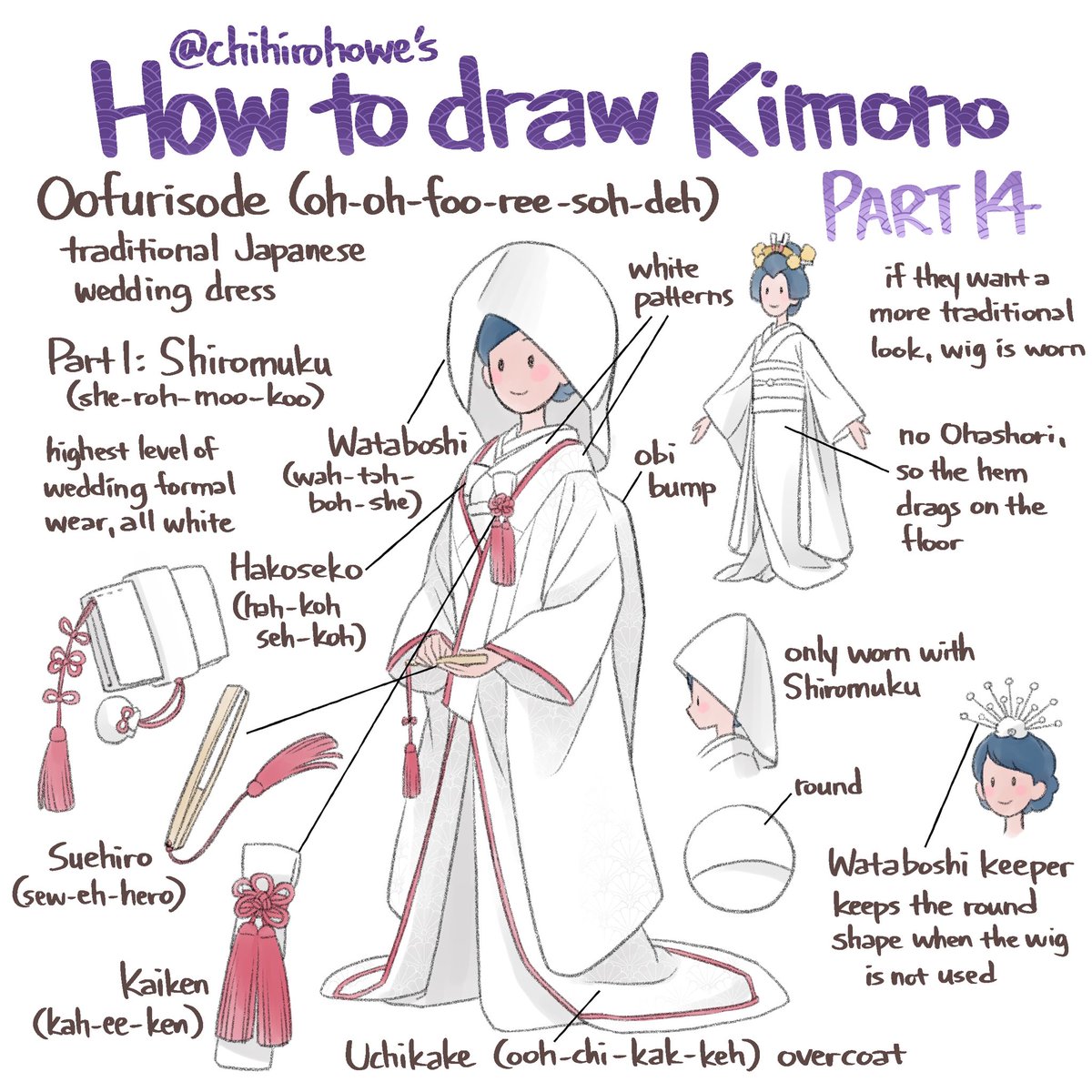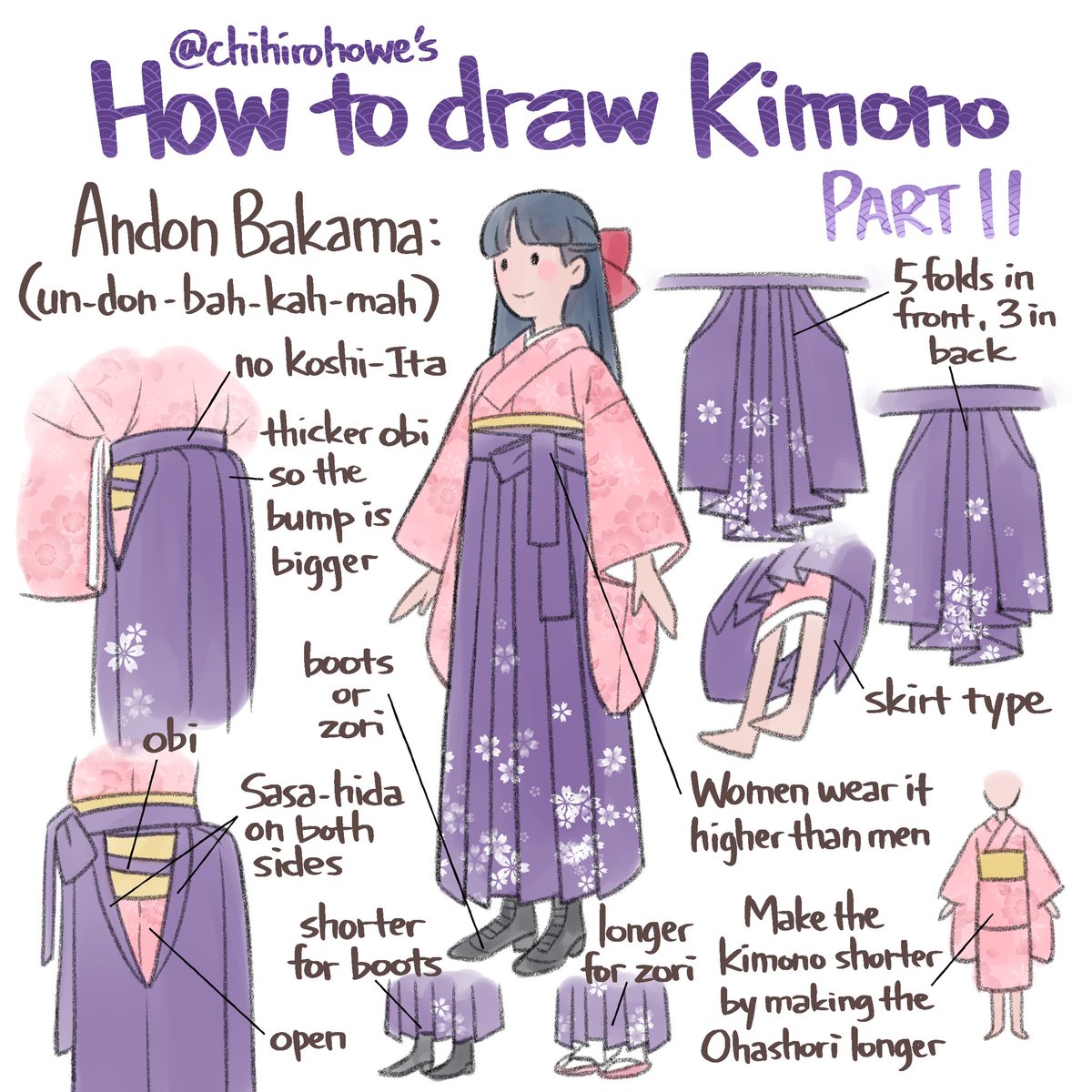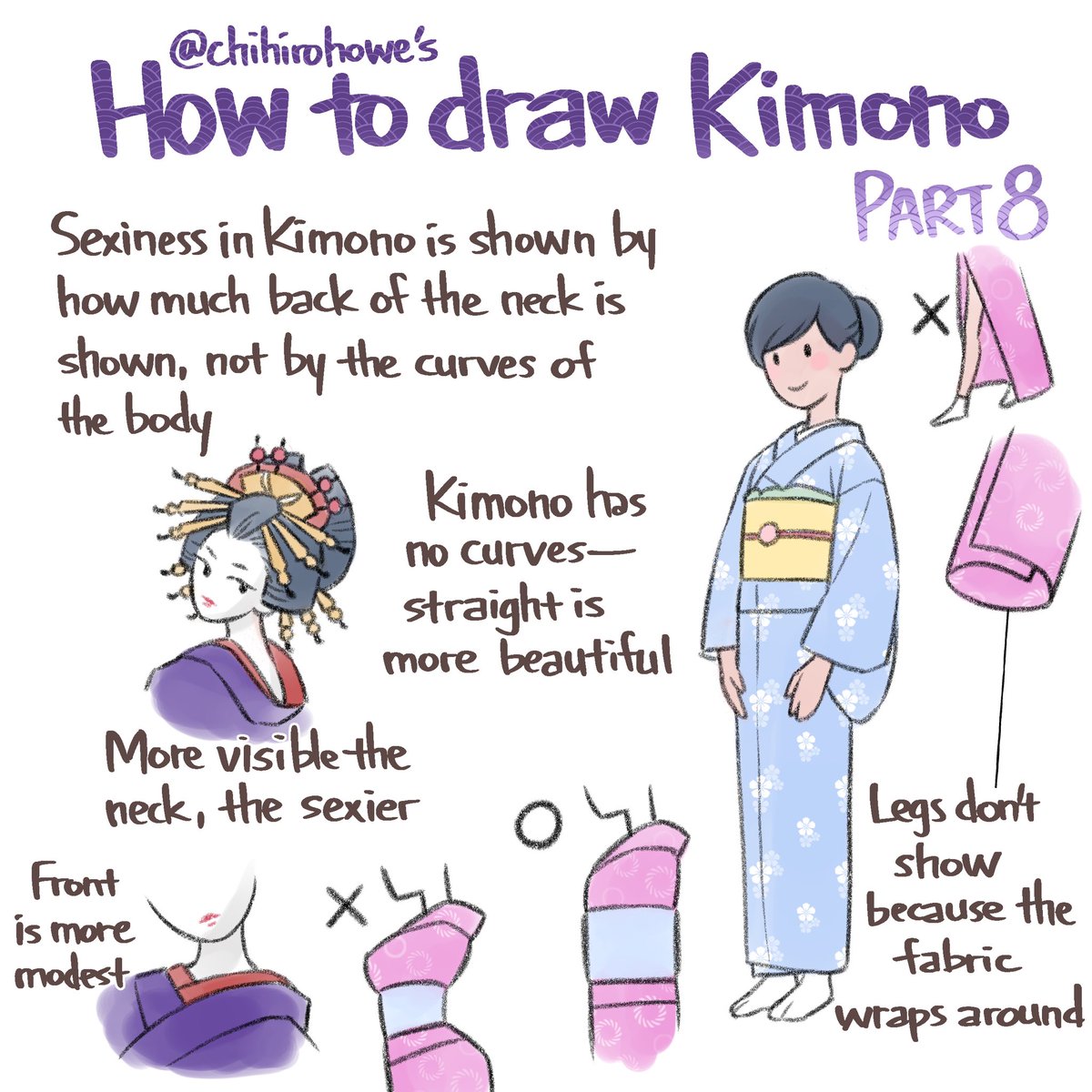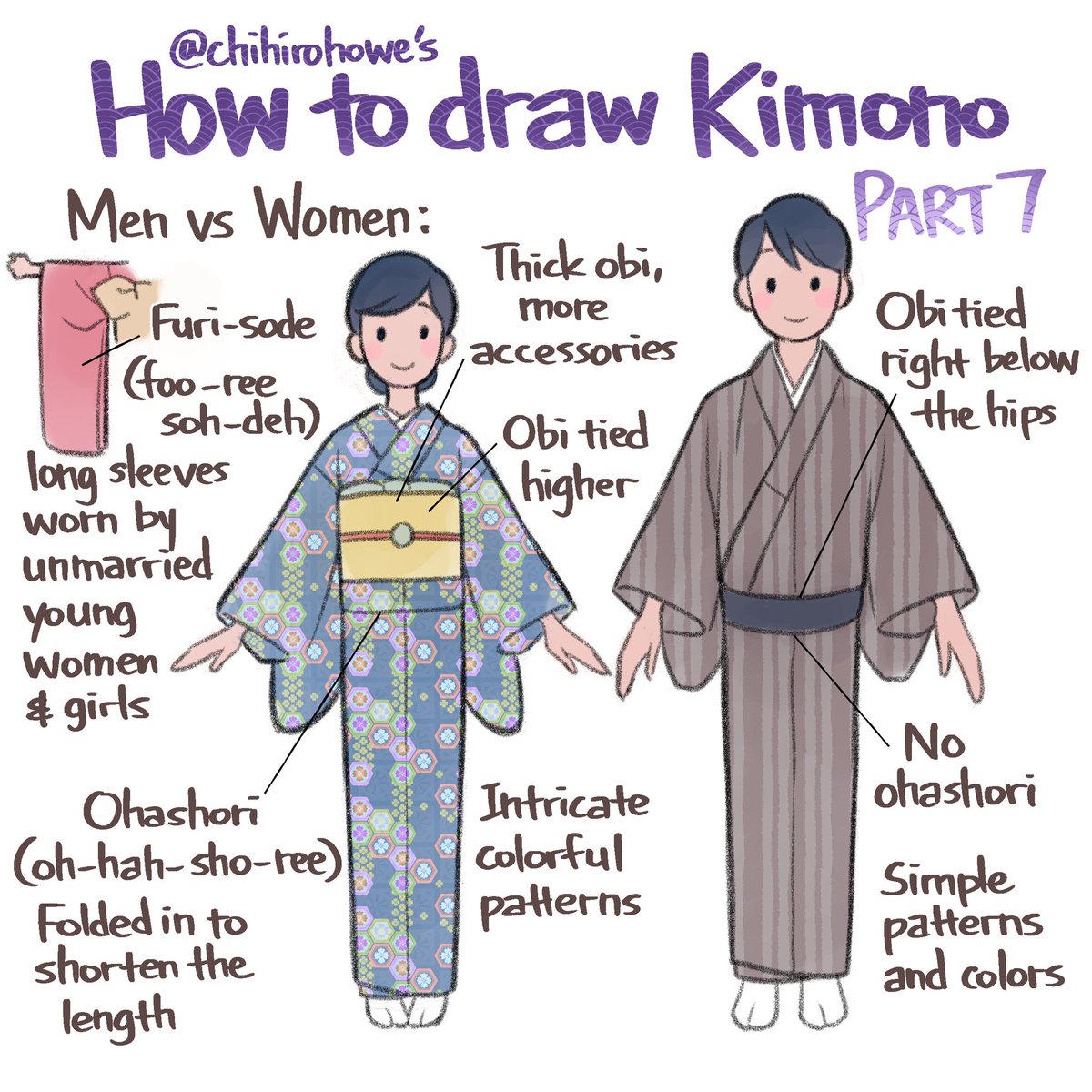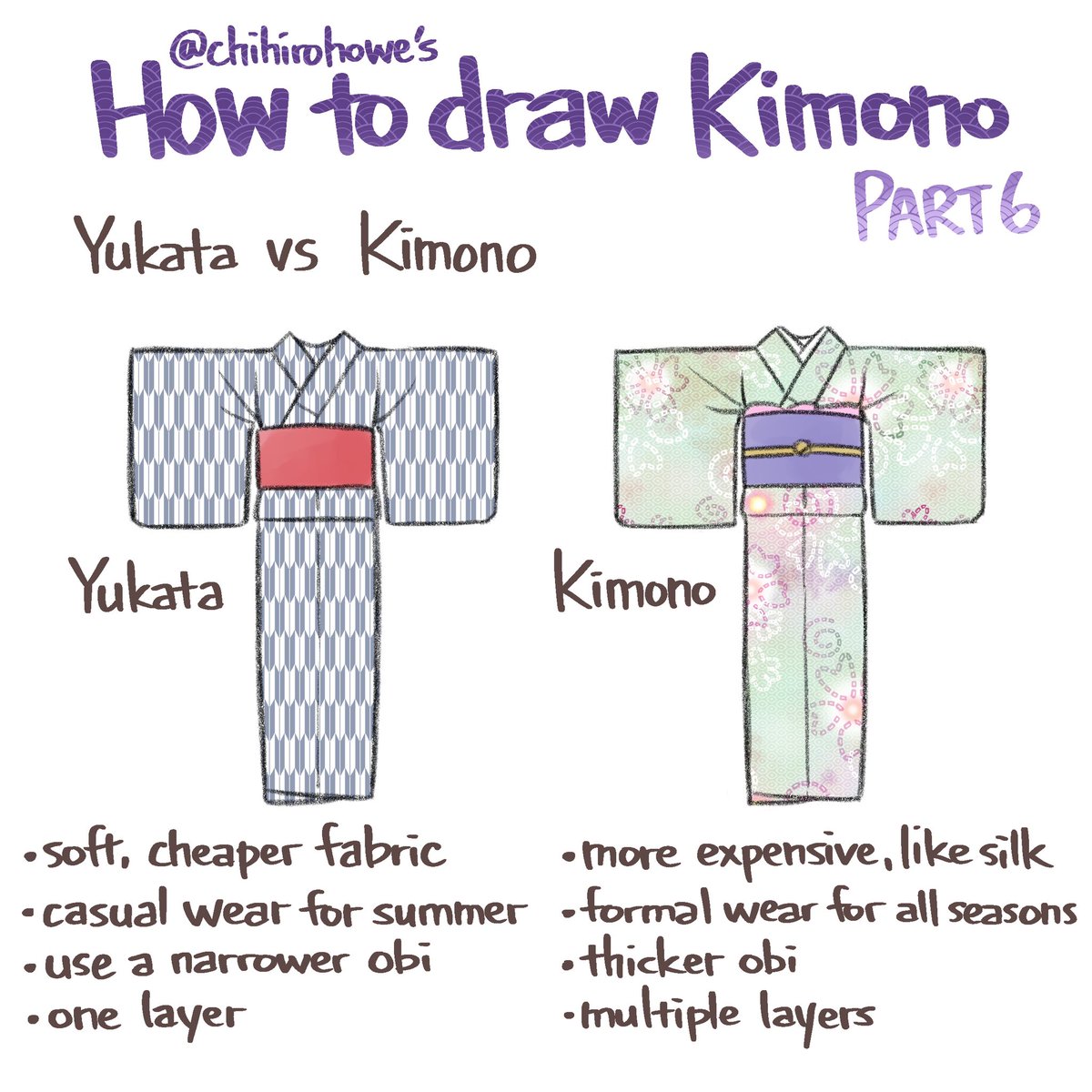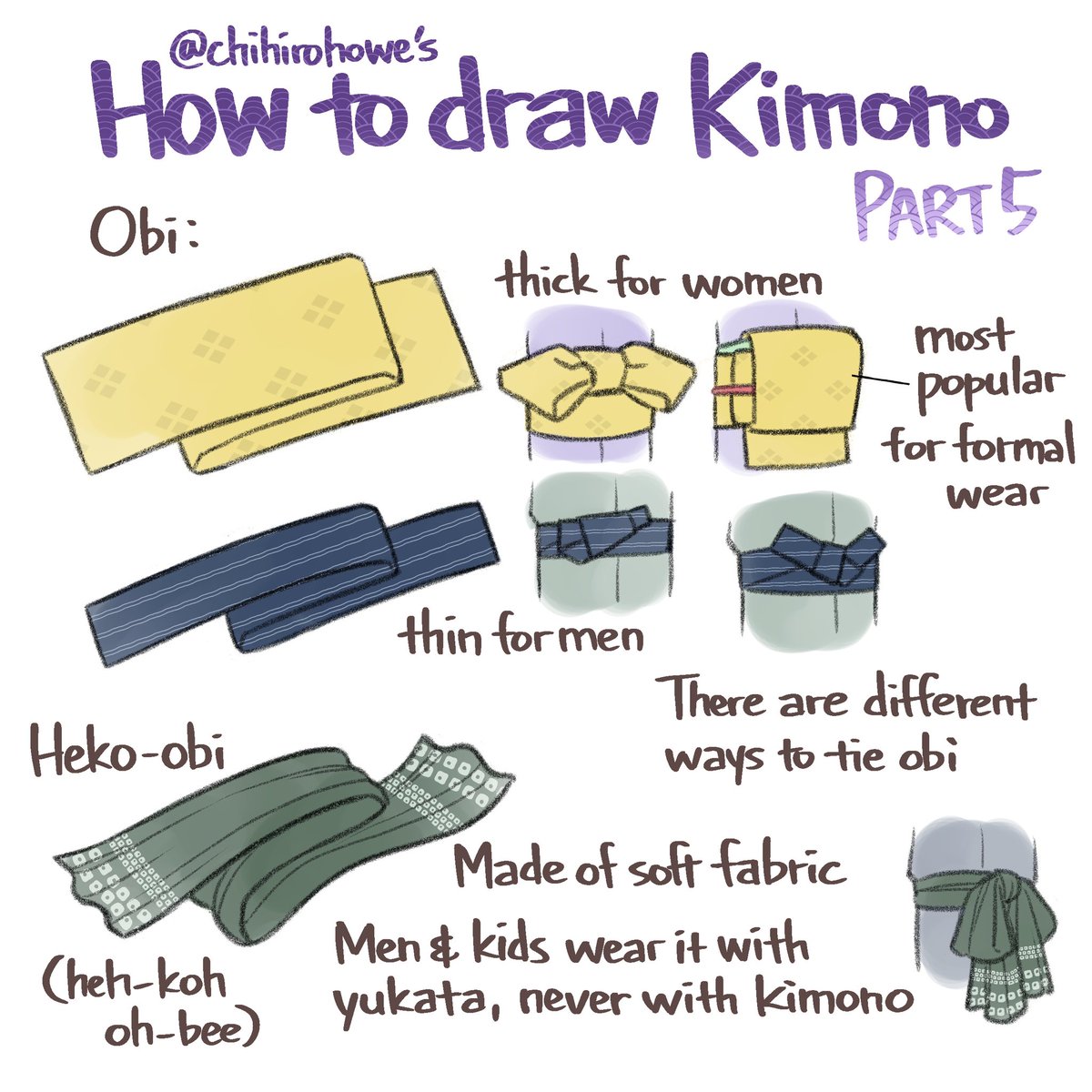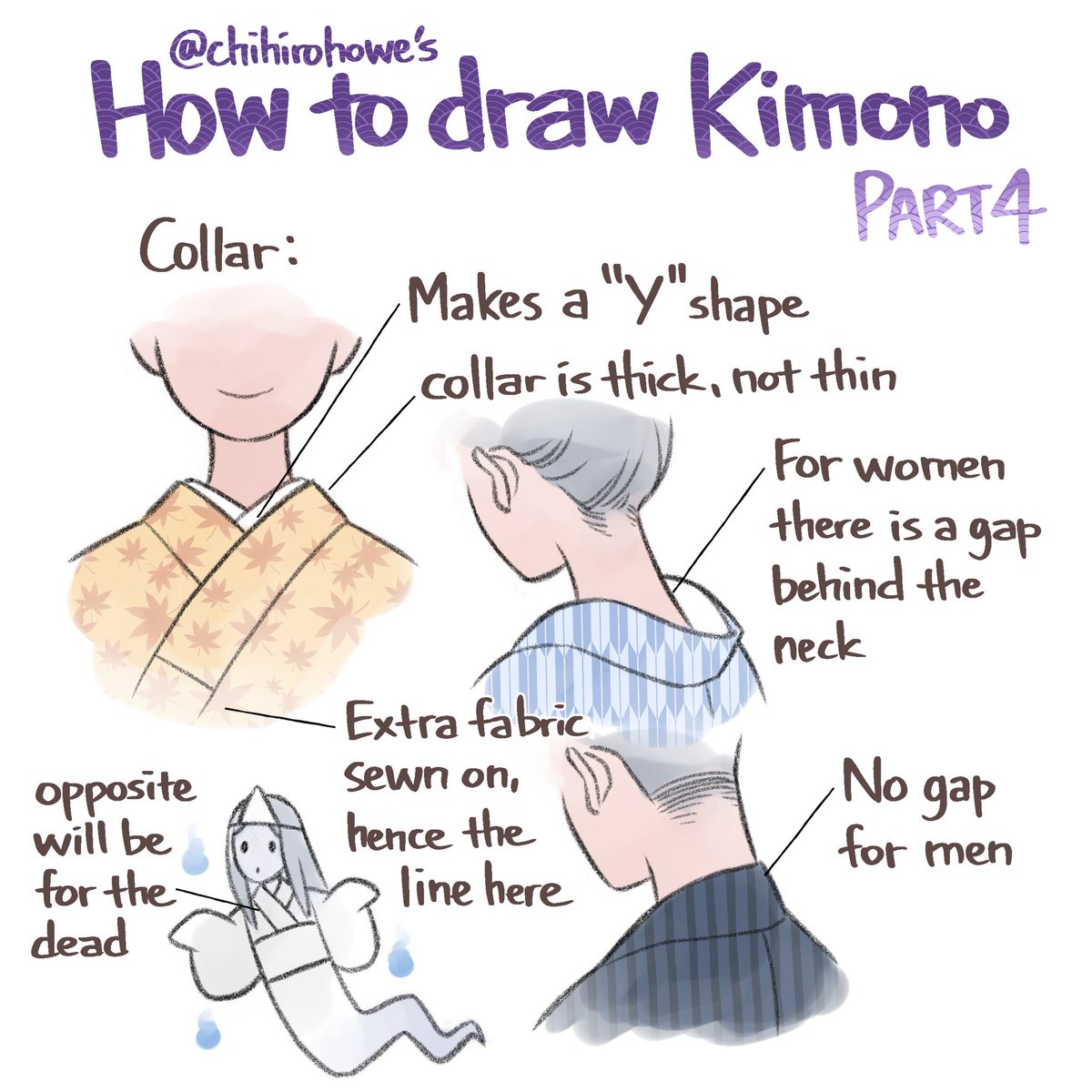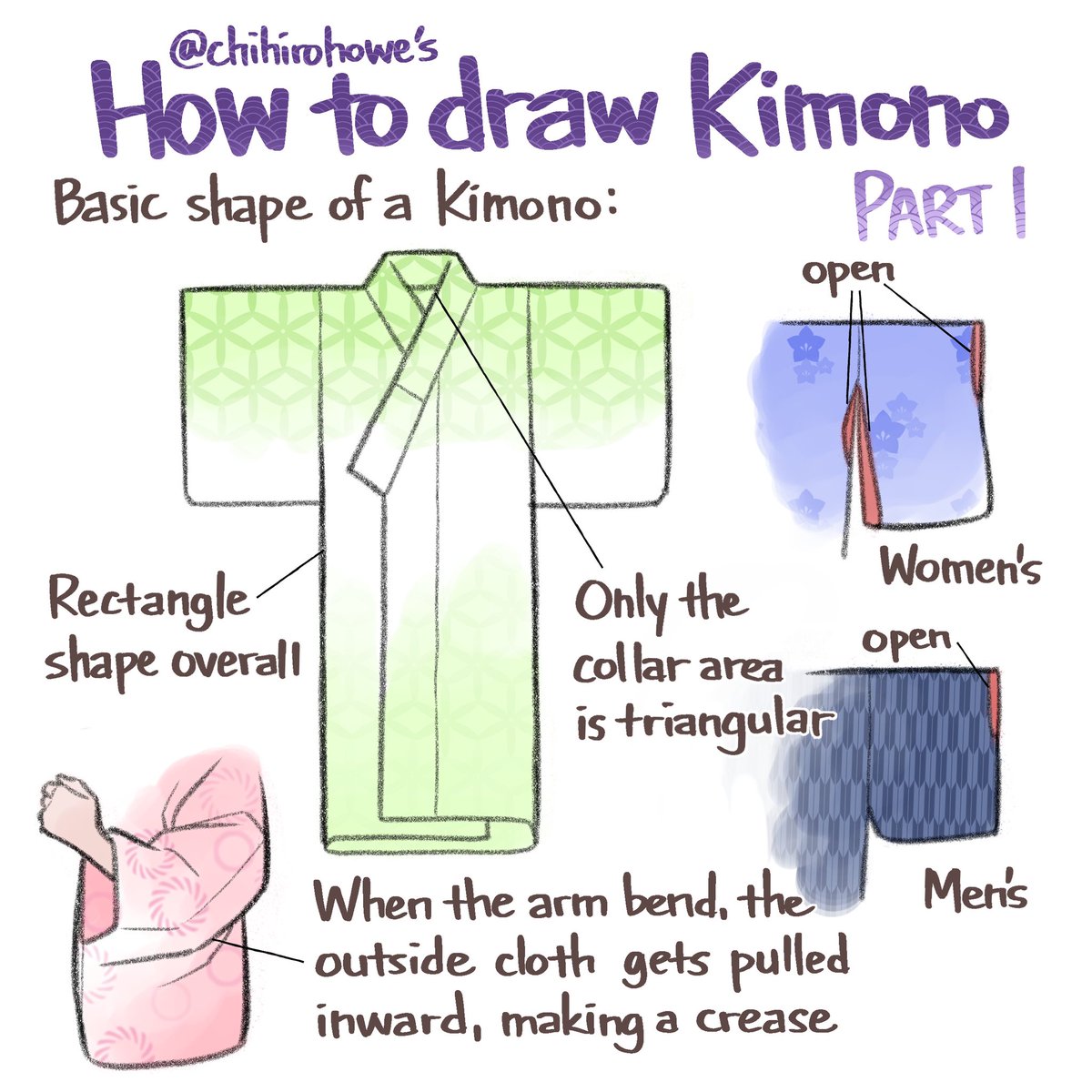26
There have been cases of:
Artist upload a sketch/wip on fleet → people screenshot the work → trace it, complete it, and upload it before the actual artist does and claim that they are the creator.
And because twitter.com/tamatama_tamak…
27
That is interesting... someone stated that Japanese anime’s face profile is not modeled after a white person’s, but more closer to a cat’s profile.
So this artist uses cat photos to reference the balance of the face profile for their drawings. twitter.com/rokuta02/statu…
28
There are a group of people who are trying to change the Japanese animation industry for the better (fair pay, better working environment, etc), and they have a Kickstarter project for it!
If you’re a fan of Japanese anime, please consider supporting this project ^_^ twitter.com/animatorsuppor…
30
My kids and I love this series, and I’m so glad we were able to come across it and enjoy it!
Here’s the humanized ponies I’ve drawn before:
#MLP10thAnniversary
31
To the people who think manga is stupid and inferior.
Manga takes a lot of skills, and a lot of thoughts and effort goes into it, no matter what the drawing style.
ONE artist work on the story, character design, page layout, etc, unless the artist and the writer is different. twitter.com/MikeyBuysManga…
32
None of the Japanese people I know are against it..
I’m all up for it, these redesigns I’ve seen look really awesome.
White people please stop speaking up “on behalf” of people of other ethnicities, we’re perfectly capable of speaking up for ourselves when we need to thank you. twitter.com/monwinvo/statu…
33
I never imagined kimono and African designs would go so well together, let alone combine them together!
A collab between Kyoto’s designer and Cameroon’s designer.
And the naming is perfect: Wafrica (“wa” (anything Japanese) x Africa) twitter.com/dress_holic/st…
34
#kimono Part 16: Hiki-Furisode
These wedding kimono can be styled with “Japanese hair” (traditional style) or “Western hair” (typical updo).
If the hair is long enough it can be styled into the Japanese hair by itself, but if it’s short “half wig” or “whole wig” can be used.
35
#kimono Part 14: Shiromuku
There are several types of wedding kimono in Japan.
Shiromuku is the oldest type.
Typically it’s all white, but sometimes they put accents (red or gold).
The wedding kimono has the longest sleeves, around 114cm long.
36
37
#kimono Part 12
Haori is like a cardigan, and it is also part of men’s formal wear.
The length of the Haori depends on what’s trendy at the time.
Haori for men and women has slightly different features.
There are different types of Haori-Himo that you can mix and match.
38
#kimono Part 11: Hakama part 2
Hakama is worn over regular kimono.
The common one women wear is a skirt type, where it’s completely open on the inside.
This outfit was worn by female students in the early 1900s.
Now it’s mainly worn for graduation.
39
#kimono Part 10: Hakama
This particular one is called “Umanori-Bakama (ooh-mah-noh-ree-bah-kah-mah) which is used when men rode on horses (which is why the ends of the hakama is split like pants)
Hakama is closer to skirts, since the crotch part is so low down and loose.
40
41
#kimono Part 9: Wrinkles
Because of the type of fabric, there are not too many wrinkles.
There are also more fabric surface, so it doesn’t contour to the body shape.
42
#kimono Part 8: Beauty in the shape
This is part of the reason why we were so angry with Kim Kardashian’s attempted “kimono”
The beauty of kimono is about straight lines, not curves of the body.
43
#kimono Part 7: Men vs Women
Although the basic shape of the kimono is the same, how they are worn is different.
Unmarried young women wear Furisode (long sleeve kimono) on special occasions, like New Years and Adult Ceremony.
44
#kimono Part 6: Yukata vs Kimono
Yukata is casual, kimono is formal.
Yukata is made as a summer wear, so the fabric is thinner and lighter. Women enjoy more western decorations for Yukata (like bows and laces)
Kimono is more expensive and there are more accessories and layers.
45
#kimono Part 5: Obi
Obi is kind of like a sash that holds the kimono together.
There are many different colors and patterns.
There are also different ways to tie an obi.
Some are appropriate for formal occasions, and some are more for celebrations.
46
#kimono Part 4: Collar
I see this mistake a lot... The kimono collar is ALWAYS left over right, no matter the gender.
Right over left is reserved for the dead.
Japanese ghosts are drawn with the collar right over left because they are the dead.
47
#kimono Part 3: Footwear
Unlike flip flops, the straps are placed right in the center, and there is no difference between the right or the left.
Men’s footwear is usually rectangular and wider, and women’s are oval shape and narrower.
48
#kimono Part 2: Kimono accessories
There are several accessories used when wearing a kimono.
Men is just obi (a sash to keep the kimono in place)
But women use a lot more to keep the shape of the kimono and the obi in tact.
Kimono is a formal wear, so you never go bare feet.
49
#kimono Part 1: The basic shape of a kimono
Kimono is all about straight lines and squares. There are no curves, and the only triangle bit is the collar area.
The basic shapes are the same for men and women, but the holes in
sleeves are different.
50
So... I keep seeing artists drawing Kimono or Yukata and getting it wrong, so I thought it was about time I did a tutorial on it...
Here’s a thread on some basics on Kimono and Yukata.
I’ll keep adding to this thread as I finish them.
I hope this helps!:






